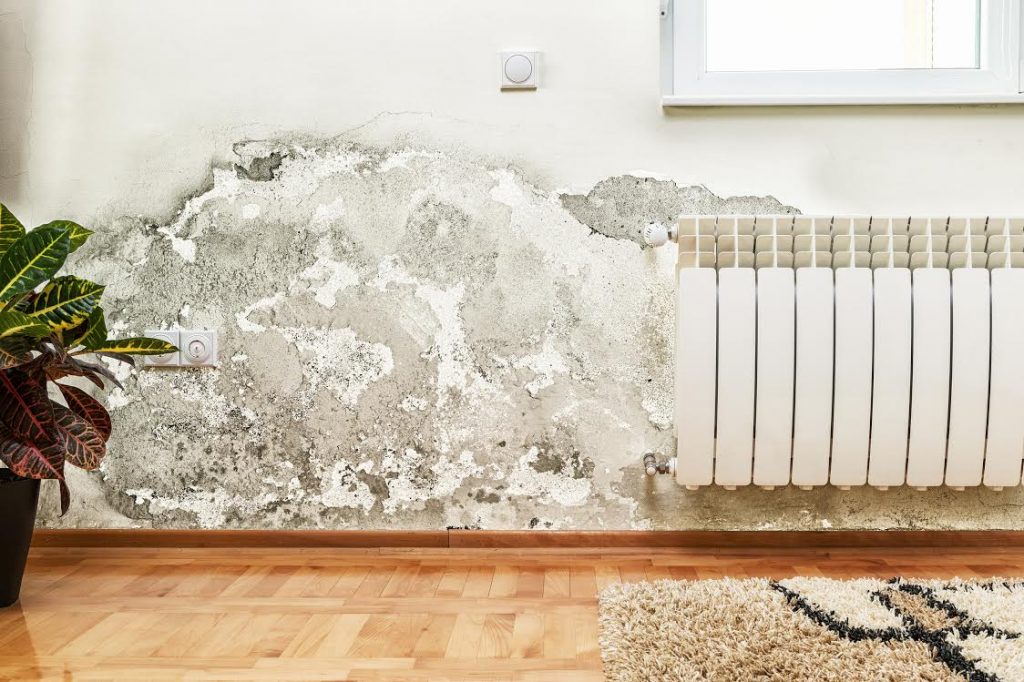If you spot mold growing on the walls of your home, on carpets, under floorboards or in crawlspaces, do not panic, because now you can get rid of molds in a matter of few hours.
More than being hazardous to health, molds have the capability to ruin your house, your building structure, and even your furniture. Also, let’s not forget the foul smell it produces and the unsightly appeal it displays.
While molds are dangerous because they expel mycotoxins, which if you breathe can cause health problems, not all molds produce toxins. And only people with a weakened immune system, such as the elderly, children, etc. can get sick with mold-borne diseases.
Therefore, in this blog, we will share the process of residential mold removal.

Steps to Remove Mold from Your House
Almost every house will be infested with mold at one point. Molds are the result of a dark, humid, damp, and hot atmosphere.
Mold development is extremely common in the rainy season. However, water damage, stagnant water, crawlspaces, and unclean carpet and upholsteries could also trigger mold development within 48 hours.
Step 1: Identify the Mold
How To Identify Mold
Mold grows from tiny spores present in the air. These spores are there all the time. Molds can grow in temperature between 40 and 100 degrees almost on any surface. Mildew is the most visible type of mold, which is usually tiny, black spots. But, when the mold starts to develop in colonies, they start to produce a musty, wet odor.
If you spot black spots, in damp places, which also leaves a foul smell, it means your home is mold infested and you must clean it with immediate effect.
Step 2: Preparing for Mold Removal Process
If the mold infestation is mild and nothing is rotting in the area, then you can scrub it off with a mold cleaner spray or with a DIY solution made out of bleach or vinegar and water. However, mold grows in crawlspaces rapidly due to lack of air and light, which may often go unnoticed until it becomes prominent.
You must take special precautions if you have to remove black mold or mold concentration that is spread over a few feet. For instance, you must:
- Wear coveralls, masks, and gloves to protect your skin and lungs.
- Wear clothes and shoes that you can dispose of.
- Place a table or box fan in the area to propel air circulation and ventilate the room by opening the doors and windows.
- Make sure you spread newspapers or plastic sheets to collect the scrapped mold.
- Since spores are impossible to get rid of, get prepared to throw everything used in the cleaning process.
- Keep cello-tape and garbage bags handy to dispose of the materials and scrapped mold.
- Switch air conditioner, humidifier, and furnace to prevent them from containing spores.
Step 3: Process to Remove Mold
- Moisten the moldy area with water to control airborne spores.
- Spray store-brought mold cleaning solution or foam to saturate or expand the mold.
- Let it dry for a few minutes.
- Scrap the mold thoroughly with a stiff-bristled scrubber or a steel scrubber.
- Wipe off the cleaned area (do not rinse).
- Do not blow-dry or vacuum suck the area unless the vacuum is placed outside, away from home.
- Collect the debris from the plastic sheet and vacuum cleaner, wrap it up properly, and dispose of it in a trash bag.
- Set dehumidifiers and fans to dry the surface completely.
- Light a UV Lamp near the area and let it glow for 24 hours so as to kill any remaining mold spores lurking.
If the mold contamination is beyond the work of a single person or if it has spread all over, hire an expert remediation company and get their help in getting rid of the problem.